Few names in the glassmaking industry are as influential and significant as Chance Glass.
The brand has been associated with genius, invention, and fine craftsmanship for over a century.
Chance Brothers Glass has made an enduring impact on the history of glassware from its modest origins to its rise to prominence on a worldwide scale.
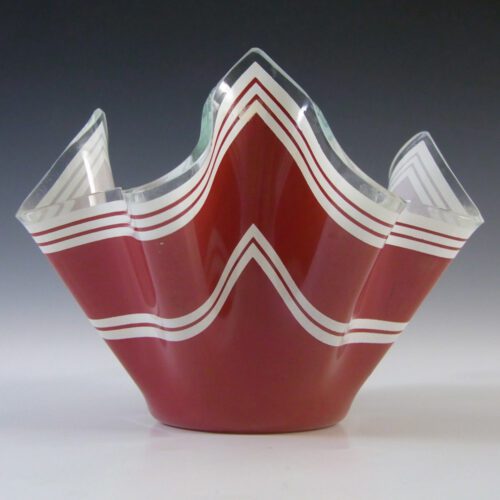
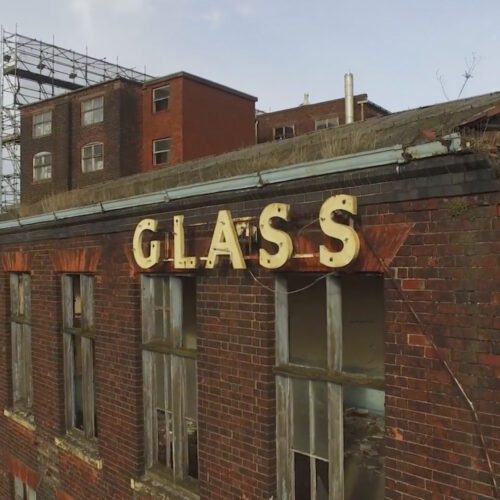
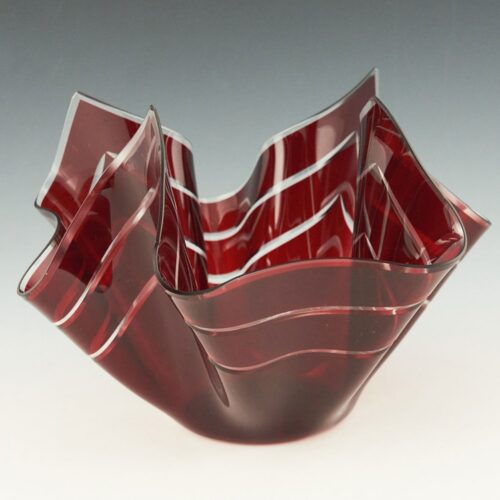
A Simple Beginning: Chance Glass’s Inception
The Glass history of Chance began in 1824, when the business was established in Smethwick, a town in the West Midlands region of England. The business began as Chance Brothers and Co., and initially focused on creating window and bottle glass.
The Chance family served as the company’s managers while it expanded steadily and developed a reputation for producing high-quality goods.
However, Chance Glass did not experience its first significant development until the middle of the 19th century.
The business obtained a patent in 1832 for its “Rolled Plate” method of creating substantial sheets of glass. This invention changed the glassmaking industry and made it possible to produce glass in large quantities for use in windows, mirrors, and other applications.
Chance Glass and Lighthouse Optics: A World of Light
The history of Chance Brothers Glass’s contribution to the creation of lighthouse optics is among its most noteworthy episodes. A major expansion in maritime trade in the middle of the 19th century contributed to the rise in demand for dependable lighthouses to steer ships safely across perilous waters.
Chance saw an opportunity and used its glassmaking skills to start making lighthouse lenses and prisms. They dazzled and delighted people from all around the world in 1851 by displaying their remarkable glass lenses at the Great Exhibition in London. As a result, the company entered a new age and began supplying its renowned optics to lighthouses all over the world.
The French physicist Augustin-Jean Fresnel’s creation of the Fresnel lens served as the foundation for Chance’s success in the lighthouse optics sector. Because of the size and complexity of these lenses, lighthouses could create beams of light that were both highly-effective and far-reaching.
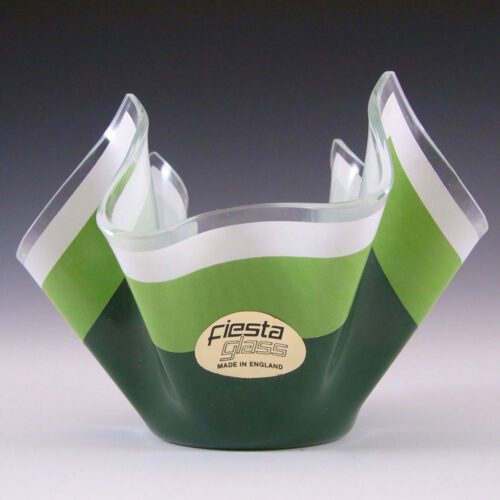
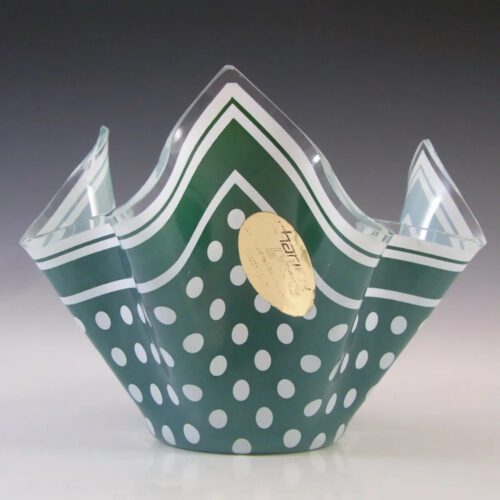
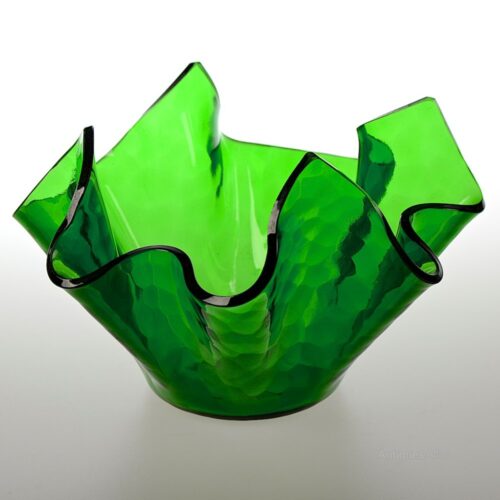
During World War II, Chance Glass served as a beacon of excellence.
Chance faced a fresh set of difficulties and opportunities with the outbreak of World War II. Their knowledge of glass was invaluable during this important time, helping to further the war effort.
The business produced a wide range of very important glass products, such as military instruments, fine lenses for targeting devices, and even specialized glass parts for aeroplanes.
The creation of toughened glass cockpit canopies for aircraft was one of the most important advances. During aerial battles, these canopies gave pilots superior protection and sight. The Allied forces during the war benefited greatly from the quality and longevity of Chance’s creations.


Chance Brothers Glass Tableware: Design and Decoration
Chance Glass made a name for itself through its employment in industrial and military settings, but it also had a significant influence on home glassware. The business started making stunning and beautifully crafted glass dinnerware and ornamental items, which captured the public’s attention.
The dinnerware sets from Chance Brothers were well-known for their sophisticated styles and brilliant colours, making them a popular option for customers wishing to add a touch of sophistication to their dining experiences. Tumblers, bowls, vases, and other glassware were created by the company’s experienced artisans, each piece a tribute to their commitment to perfection.
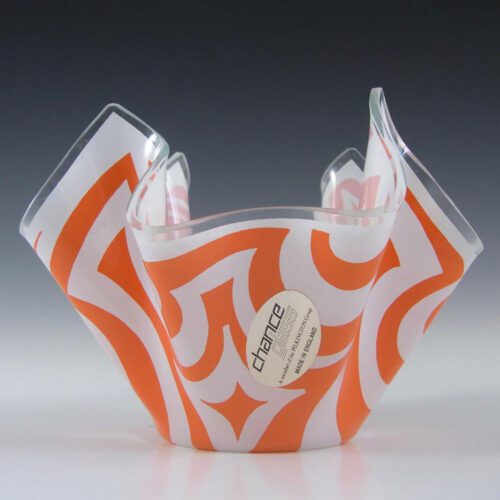
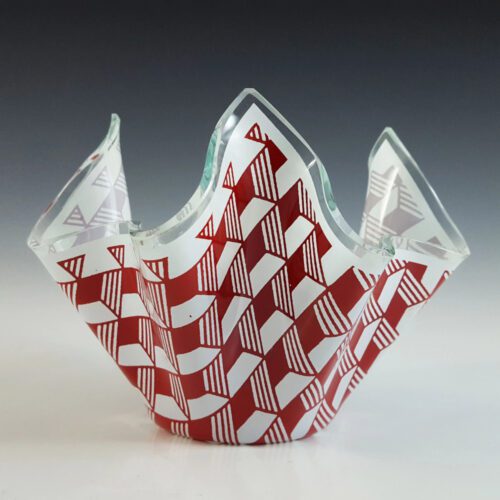
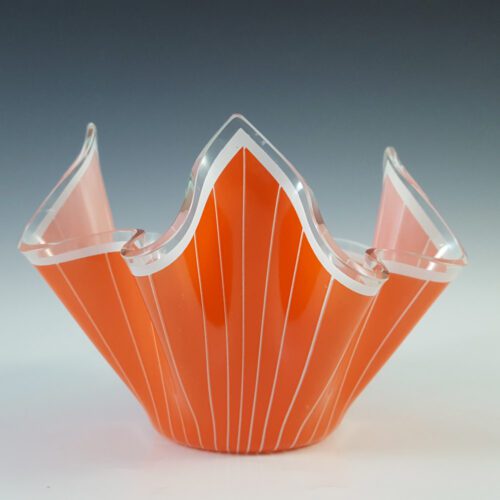
Chance Brothers Glass: The End of an Era
Despite Chance’s extraordinary achievements and contributions over the years, the second half of the 20th century brought with it many difficulties for the company. The firm was put under a great deal of stress as a result of the UK’s declining traditional manufacturing sectors and growing competition from foreign glass producers.
Sadly, Chance Glass finally closed its doors in 1981, bringing an end to an era for this once-famous glassmaking establishment. The company’s collapse caused enormous sadness because it meant losing a key piece of British glassmaking history.
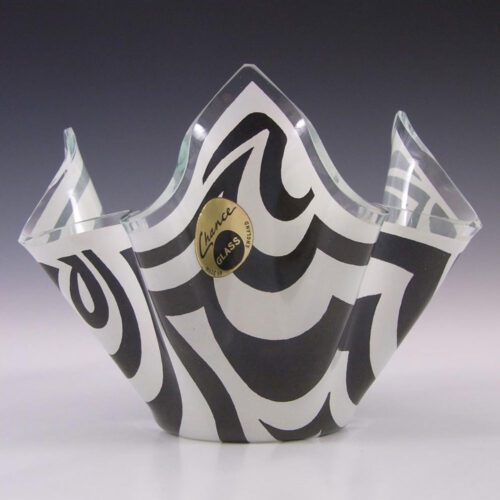
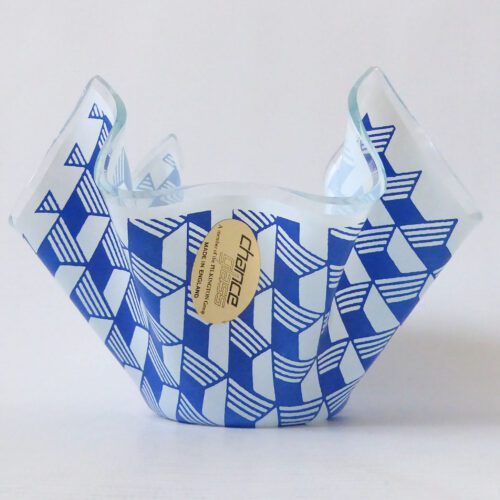
Keeping the Legacy Alive: Collecting Chance Glass
Even though the business is no longer in existence, Chance Glass’ history endures thanks to the admirers and enthusiasts who treasure and collect its products. Vintage Chance items are now highly sought-after rarities and passionate aficionados are combing flea markets and internet auction sites for these gems.
Chance Handkerchief Glass and other glass items are highly prized by collectors for their remarkable craftsmanship and artistic value in addition to their historical significance. Owning a piece of Chance is like owning a tangible piece of glassmaking history because each piece narrates a tale of the company’s rich past.
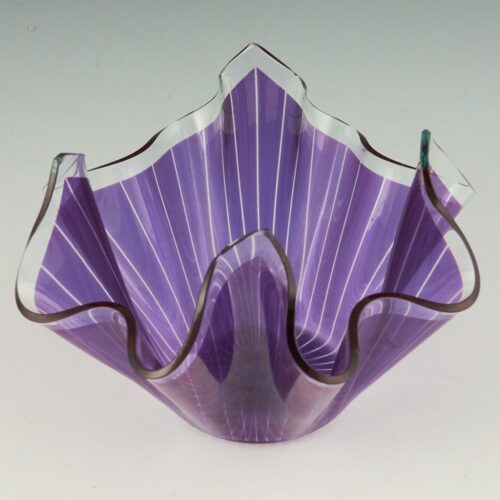
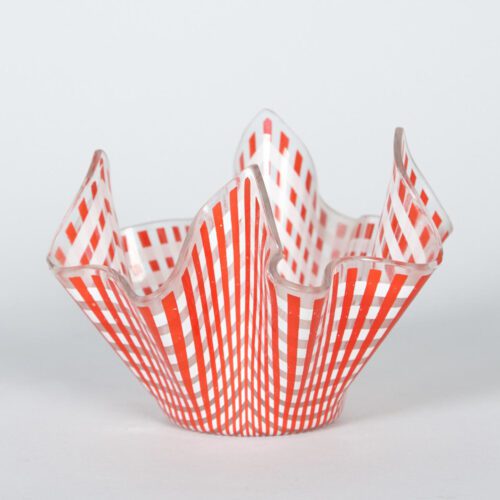
Chance Glass’s transformation from a modest Smethwick Glassworks to a renowned brand in the glassmaking sector is proof of the power of innovation and devotion to workmanship. The company’s influence on numerous industries is immense, ranging from generating lighthouse optics to making exquisite crockery.
The genius of Chance Glass lives on through the collectors and enthusiasts of its creations, even though the firm may have shut its doors. Chance Brothers Glass’s legacy serves as a reminder of the heights that can be achieved when talent, innovation, and passion come together in harmony.
It is a sad reflection on the present times. We have lost a lot of our industries to overseas competitors who have produced cheap, low-quality items that are inferior and far away from the great heights that were achieved in England from the Industrial Revolution onwards.
Chance Glass is yet another example of the continual movement away from glass items that were made beautifully and made to last.
Further Reading:
A History of the Firm of Chance Brothers & Co. Glass and Alkali Manufacturers (Progress in understanding glass making)
by James Frederick Chance – Buy it HERE
